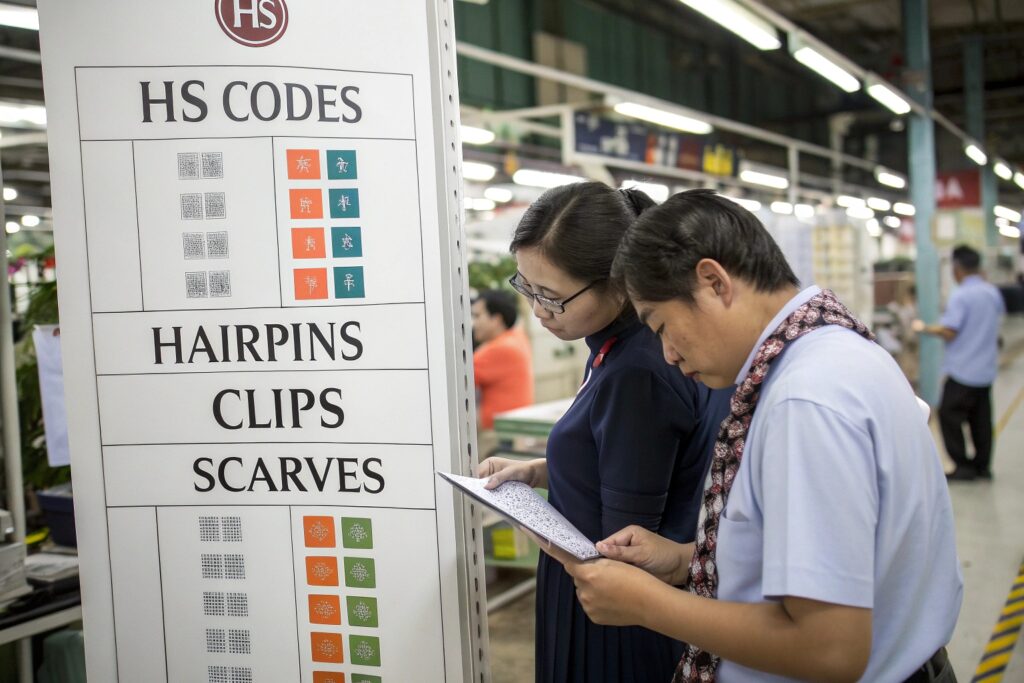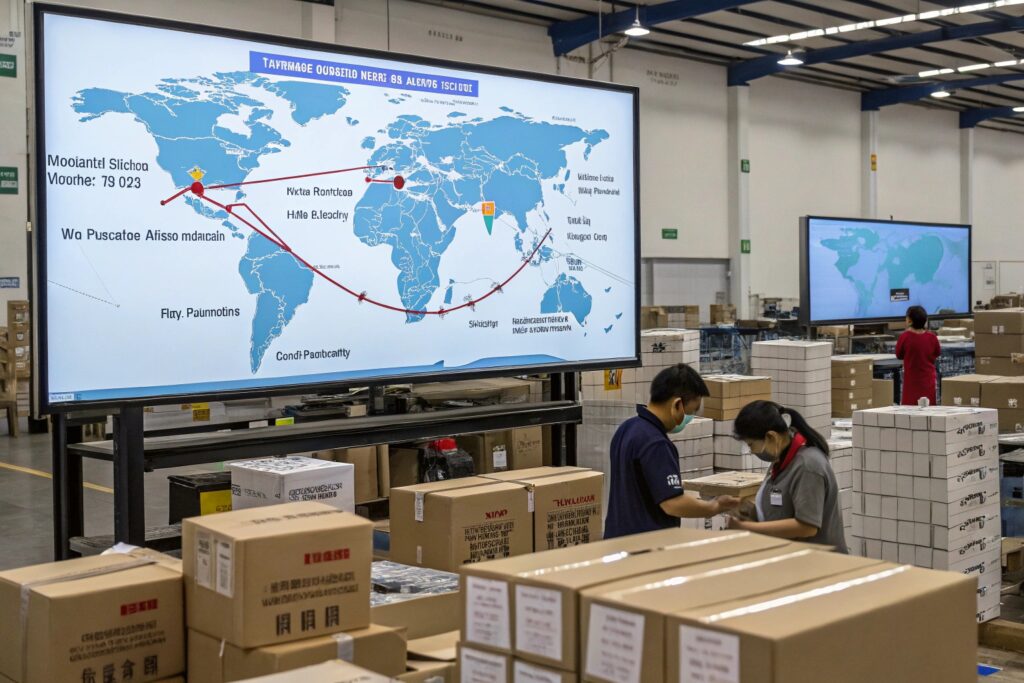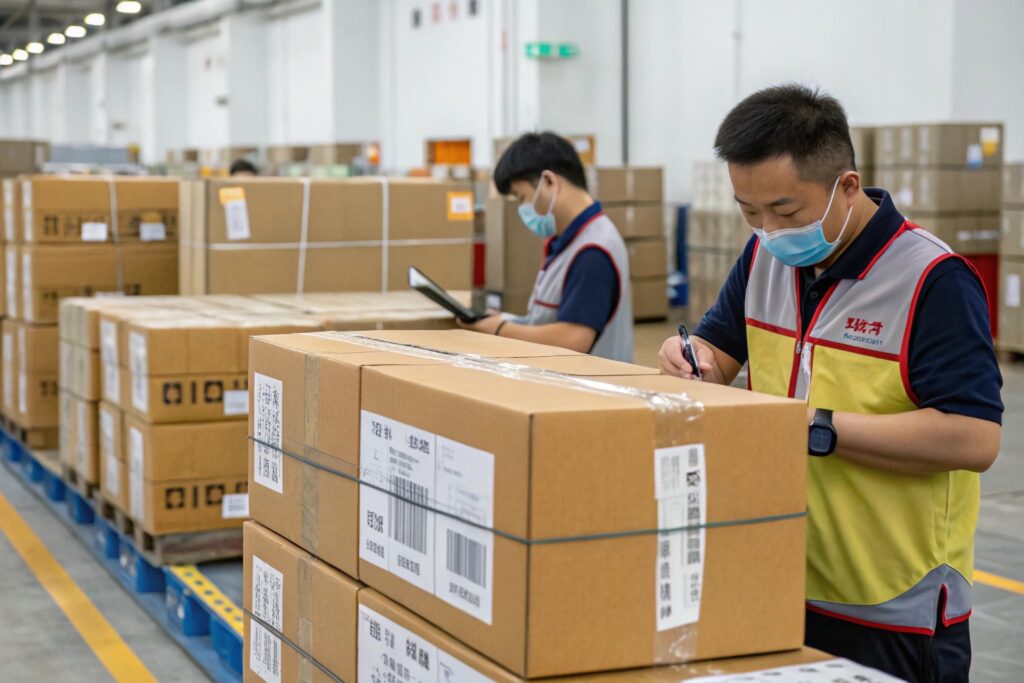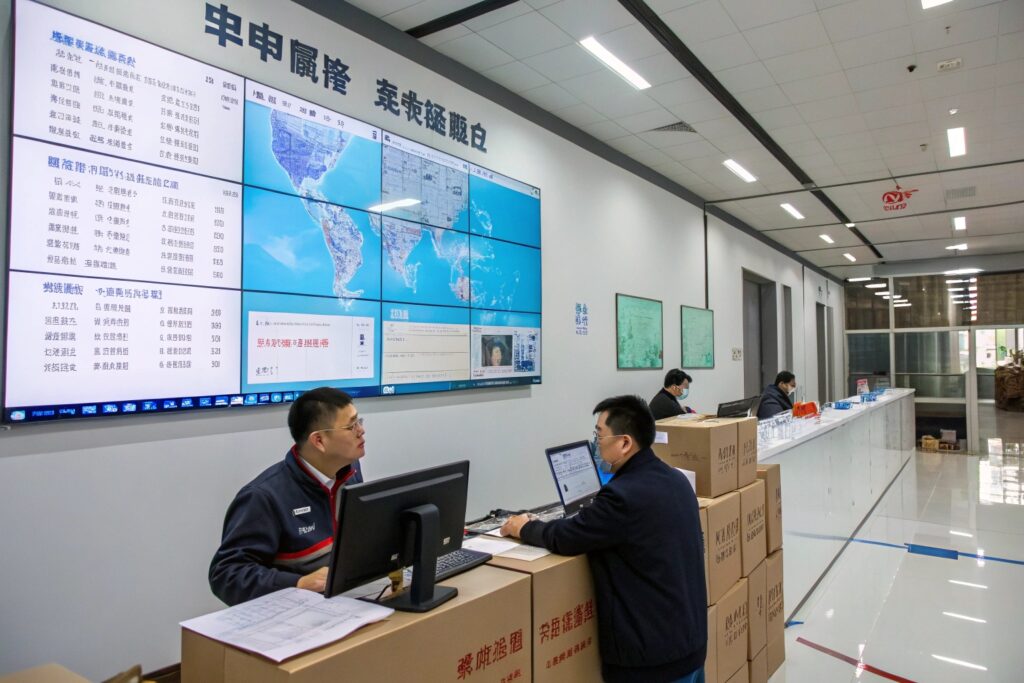As a U.S. buyer sourcing from Asia, nothing drains margin faster than unexpected tariffs. I’ve seen clients shocked by 25% duties on what seemed like a simple order of accessories. But it doesn’t have to be this way.
Smart manufacturers offer legal, strategic solutions to minimize or eliminate tariffs for their U.S. clients. From re-routing production to using Free Trade Agreements and DDP services, there are clear paths to reduce duty costs—without breaking the law or sacrificing quality.
At HairAcc, we’ve worked with U.S. clients through every tariff phase, including Section 301 surges. Here's how we help brands save costs through tariff-smart manufacturing.
What Are the Main Tariff Categories That Affect Hair Accessories?
Most U.S. tariffs on Chinese goods come from Section 301 regulations, which affect many hair accessory categories. Depending on the product’s HS Code, you might pay zero—or up to 25%.
For example, plastic hairpins (9615.11) may face standard duties, while certain textile items like headscarves (6214.30) can carry Section 301 penalties. Knowing your code is step one.

How Do You Check If Your Products Are Affected?
We pre-classify every item before quoting. Our shipping department works with U.S.-licensed brokers to verify current duty rates based on the HTSUS.
Can a Product's Material Impact Its Tariff?
Absolutely. Changing from synthetic to cotton or natural wood can sometimes lower or eliminate additional tariffs under current U.S. classifications.
Can Re-Routing Production Avoid Tariffs Legally?
One powerful tool is shifting final production or packaging to tariff-free countries. This is especially useful if core goods come from China but final processing can happen elsewhere.
We collaborate with partner factories in Vietnam, Cambodia, and Bangladesh where final stitching, printing, or packaging is performed—qualifying the shipment as a new country of origin under U.S. rules.

Is This Legal?
Yes—when it involves genuine transformation or value-added processes. U.S. customs accepts new COOs (Certificates of Origin) when final goods meet “substantial transformation” criteria.
What Products Work Best for This Strategy?
Items like headbands, turbans, scarves, or velvet clips often qualify, especially when finishing steps (like embroidery or packaging) happen outside China.
How Does DDP Shipping Protect Buyers from Tariff Surprises?
Delivered Duty Paid (DDP) is one of the easiest ways U.S. buyers can avoid surprises. In this model, the supplier takes care of duties, paperwork, and delivery—all the way to your door.
At HairAcc, we offer DDP quotes for all major U.S. ports. That means one flat rate includes product, shipping, duties, and customs handling. No hidden tariff bills.

Who Is DDP Best For?
Amazon sellers, first-time importers, or retail buyers without their own brokers benefit most. It’s also great when importing small parcels or mixed product containers.
What Does the Manufacturer Handle?
We manage HS classification, document filing, customs clearance, and duty payment. Your job? Receive the goods—stress free.
Can Packaging and Product Bundling Reduce Tariff Exposure?
Sometimes the structure of your product can affect duties. Instead of shipping individual SKUs, smart bundling can shift classification and save on tariff lines.
We offer clients creative bundling solutions—pairing high-tariff items with duty-free ones, or repackaging into gift sets under a single HS code—to simplify import and cut combined rates.

Can This Be Done Without Violating Rules?
Yes. We work with customs consultants to ensure bundled packs meet U.S. Customs “essential character” tests for composite goods classification.
Do You Help Design Bundled SKUs?
We do. Our team suggests combinations and packaging designs that align with both customs compliance and retail presentation goals.
Conclusion
U.S. tariffs can feel like a barrier—but with the right manufacturing partner, they become a manageable cost. Through smart classification, country-of-origin planning, DDP service, and bundling strategies, manufacturers like HairAcc protect your bottom line.
If you're looking to source hair accessories for the U.S. market without tariff stress, work with a factory that understands compliance, speed, and creative logistics. We’re here to make smart sourcing your competitive edge.









